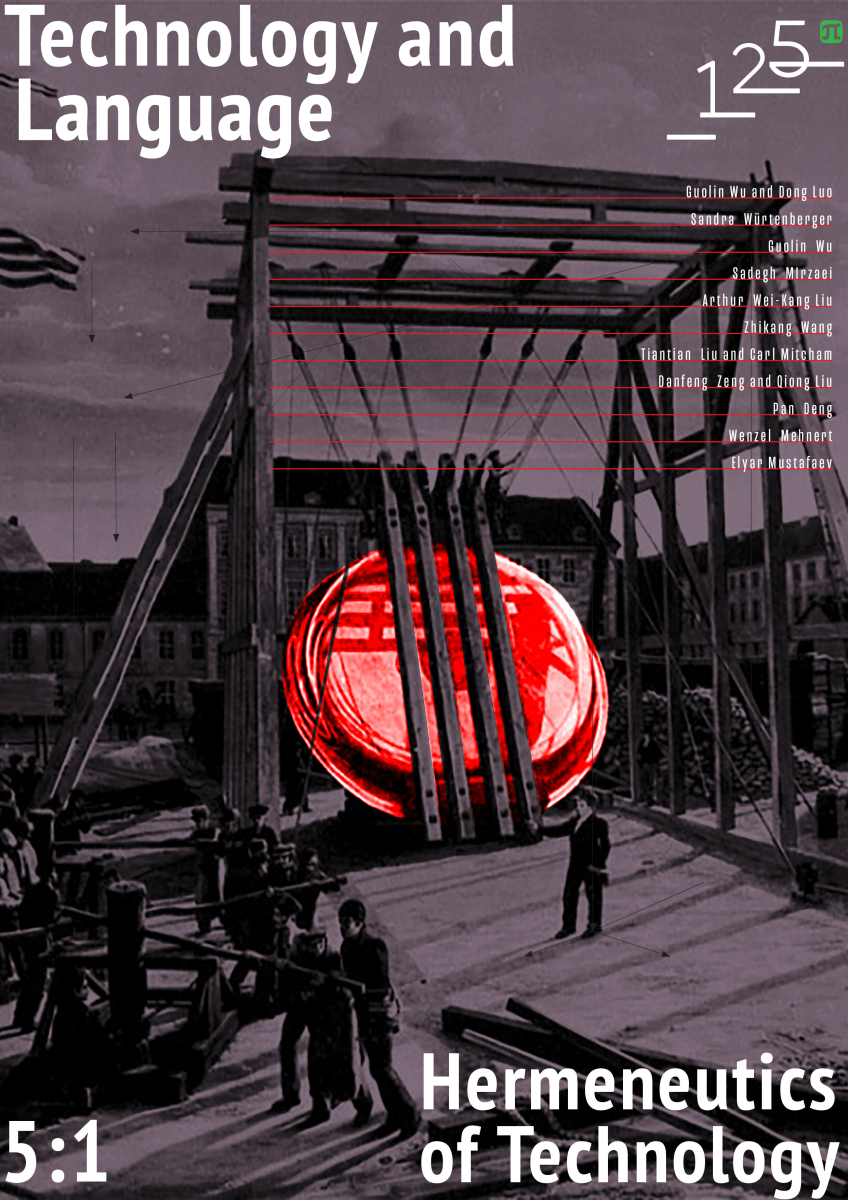Hermeneutic Analysis of Ancient Chinese Conceptions of Technology
The etymological and historical investigation shows that ‘Jì Shù’[Technology] in ancient China appeared in two Chinese characters: ‘Jì’ and ‘Shù’, which have different meaning, but have something in common. Both of them refer to the art and skills, while ‘Jì’ sometimes refers to the craftsman who has skill, and ‘Shù’ generally refers to the method, tactics, way, procedure and path. There are two knowledge forms of ancient Chinese technology: the dominant ‘Shù’ and the recessive one, and ‘Qì’ is its material form with its certain structure and function. ‘Dào’ has a very close relationship with ‘Jì’ [Skils] and ‘Qì [Utensils].’ Dào is the root of all things and also the root of ‘Jì.’ ‘Jì’ bears ‘Dào.’ ‘Jì’ conforms to the way of nature. The relationship between ‘Dào’ and ‘Qì ’on the level of theory has undergone two stages of evolution. Ancient Chinese scholars in the Zhou, Qin, Han, and Early Tang Dynasties stated that ‘Dào’ stands for ‘Tǐ’ [Noumenon/Thing-in-itself], and ‘Qì’ for ‘Yònɡ’ [Utility]. The relationship between ‘Dào’ and ‘Qì’ would then be entirely opposite to the notion according to which ‘Dào’ stands for ‘Yònɡ’ [Utility], and ‘Qì’ stands for ‘Tǐ’. On the level of practice, taking ‘Xiànɡ’ [Image] as the medium, ‘Dào’ [Thing-in-itself] and ‘Qì’ [Utensils] would become fused together.



